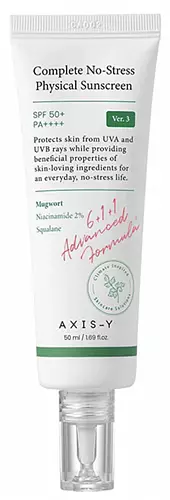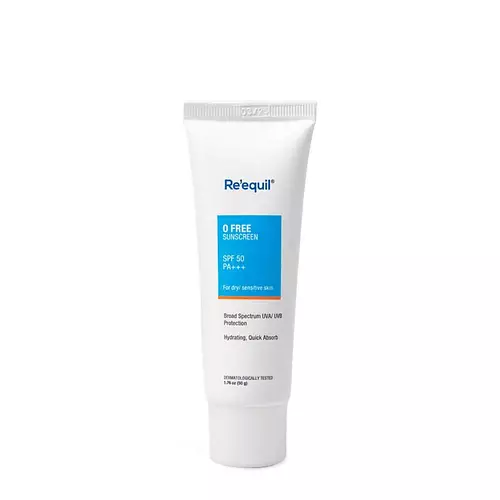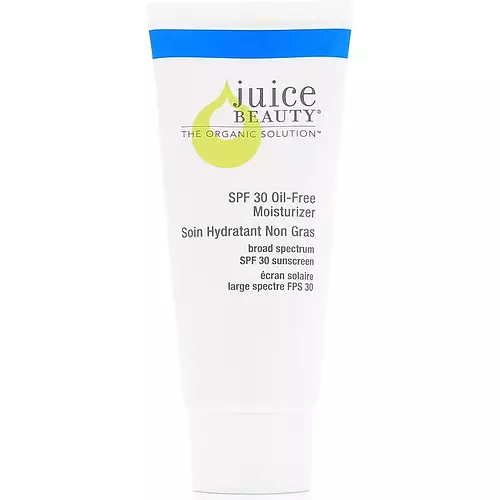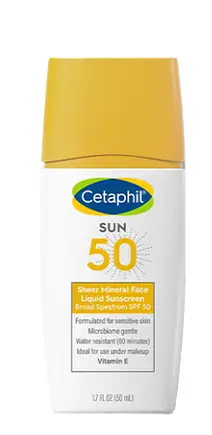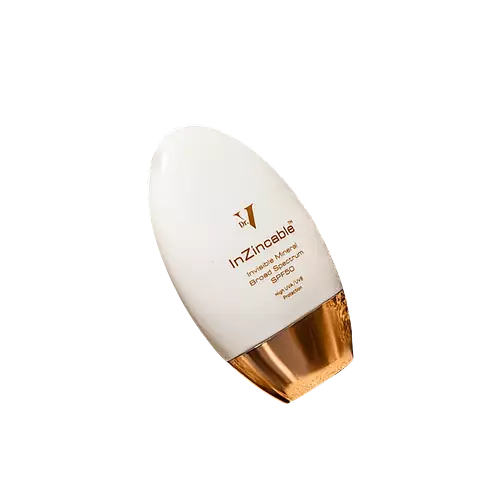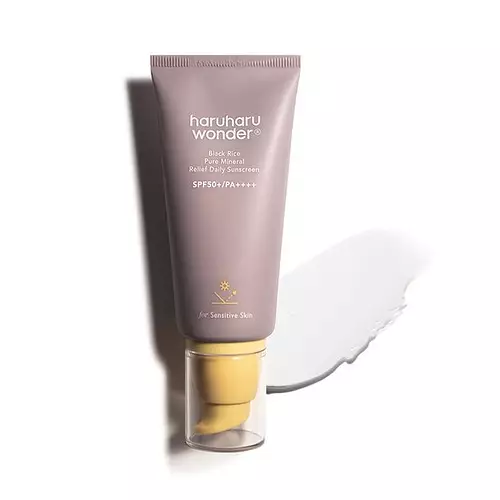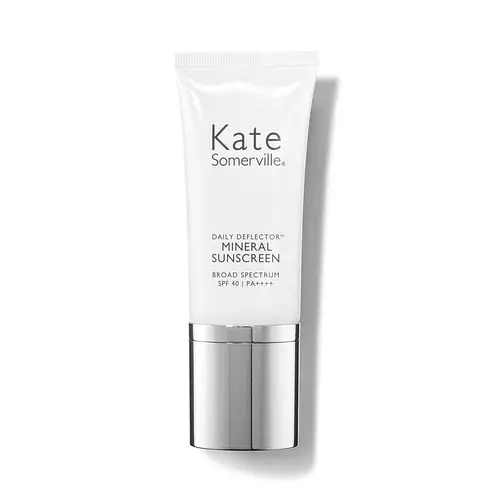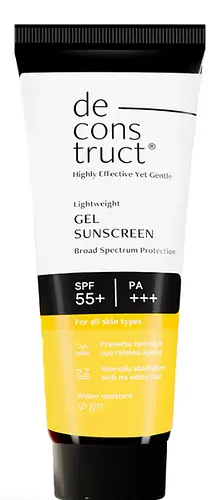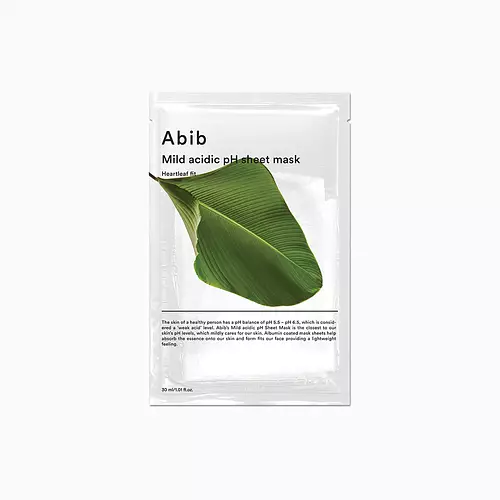AXIS - Y Complete No-Stress Physical Sunscreen V.3 SPF 50 PA++++ Versus Re’equil O Free Sunscreen SPF 50 PA+++
Updated on November 29, 2023
Overview
What they are
These products are both cruelty-free sunscreens. They have a total of 3 ingredients in common
Cool Features
They both contain SPF
Suited For
They're both likely to be good for dry skin and brightening skin
Free From
They both do not contain any harsh alcohols, common allergens or parabens
What's Inside
They both contain silicones
We independently verify ingredients, and our claims are backed by peer-reviewed research. Spot a product that needs an update? Let us know.
Ingredient Info
AXIS - Y Complete No-Stress Physical Sunscreen V.3 SPF 50 PA++++ 38 ingredients
Re’equil O Free Sunscreen SPF 50 PA+++ 25 ingredients
At a glance
Click on any of the items below to learn more
AXIS - Y Complete No-Stress Physical Sunscreen V.3 SPF 50 PA++++ 38 ingredients
Re’equil O Free Sunscreen SPF 50 PA+++ 25 ingredients
Notable Ingredients
This product contains 1 ingredient that may have this attribute:
This product contains 1 ingredient that may have this attribute:
This product contains 1 ingredient that may have this attribute:
This product contains 1 ingredient that may have this attribute:
This product contains 1 ingredient that may have this attribute:
Benefits
This product contains 3 ingredients that may have this attribute:
This product contains 1 ingredient that may have this attribute:
This product contains 4 ingredients that may have this attribute:
This product contains 3 ingredients that may have this attribute:
This product contains 2 ingredients that may have this attribute:
This product contains 3 ingredients that may have this attribute:
This product contains 1 ingredient that may have this attribute:
This product contains 3 ingredients that may have this attribute:
This product contains 3 ingredients that may have this attribute:
This product contains 3 ingredients that may have this attribute:
Concerns
This product contains 1 ingredient that may have this attribute:
Notable Ingredients
This product contains 3 ingredients that may have this attribute:
This product contains 1 ingredient that may have this attribute:
Benefits
This product contains 1 ingredient that may have this attribute:
This product contains 1 ingredient that may have this attribute:
Ingredients Side-by-side
Ingredients Explained
These ingredients are found in both products.
Ingredients higher up in an ingredient list are typically present in a larger amount.
Water. It's the most common cosmetic ingredient of all. You'll usually see it at the top of ingredient lists, meaning that it makes up the largest part of the product.
So why is it so popular? Water most often acts as a solvent - this means that it helps dissolve other ingredients into the formulation.
You'll also recognize water as that liquid we all need to stay alive. If you see this, drink a glass of water. Stay hydrated!
Learn more about WaterGlycerin is already naturally found in your skin. It helps moisturize and protect your skin.
A study from 2016 found glycerin to be more effective as a humectant than AHAs and hyaluronic acid.
As a humectant, it helps the skin stay hydrated by pulling moisture to your skin. The low molecular weight of glycerin allows it to pull moisture into the deeper layers of your skin.
Hydrated skin improves your skin barrier; Your skin barrier helps protect against irritants and bacteria.
Glycerin has also been found to have antimicrobial and antiviral properties. Due to these properties, glycerin is often used in wound and burn treatments.
In cosmetics, glycerin is usually derived from plants such as soybean or palm. However, it can also be sourced from animals, such as tallow or animal fat.
This ingredient is organic, colorless, odorless, and non-toxic.
Glycerin is the name for this ingredient in American English. British English uses Glycerol/Glycerine.
Learn more about GlycerinButylene Glycol (or BG) is used within cosmetic products for a few different reasons:
- It is a solvent, meaning that it helps to dissolve other ingredients. This also enhances the absorption of the product into one's skin.
- It is a humectant, which means that it helps attract moisture into the skin.
- It helps improve product application.
Overall, Butylene Glycol is a safe and well-rounded ingredient. It is unlikely to irritate skin, and works well with pretty much all other ingredients.
Ingredient Ratings
Here's what our community thinks of the ingredients in these products.
When to use
AXIS - Y Complete No-Stress Physical Sunscreen V.3 SPF 50 PA++++ 38 ingredients
Re’equil O Free Sunscreen SPF 50 PA+++ 25 ingredients

Reviews
Here's what our community thinks
AXIS - Y Complete No-Stress Physical Sunscreen V.3 SPF 50 PA++++ 38 ingredients
Naria Fo
I haven’t found many Korean mineral sunscreens that work for me, but I love this one. It feels a little heavy going on but dries down nicely and is...
I haven’t found many Korean mineral sunscreens that work for me, but I love this one. It feels a little heavy going on but dries down nicely and is perfect for my oily acne prone skin.
